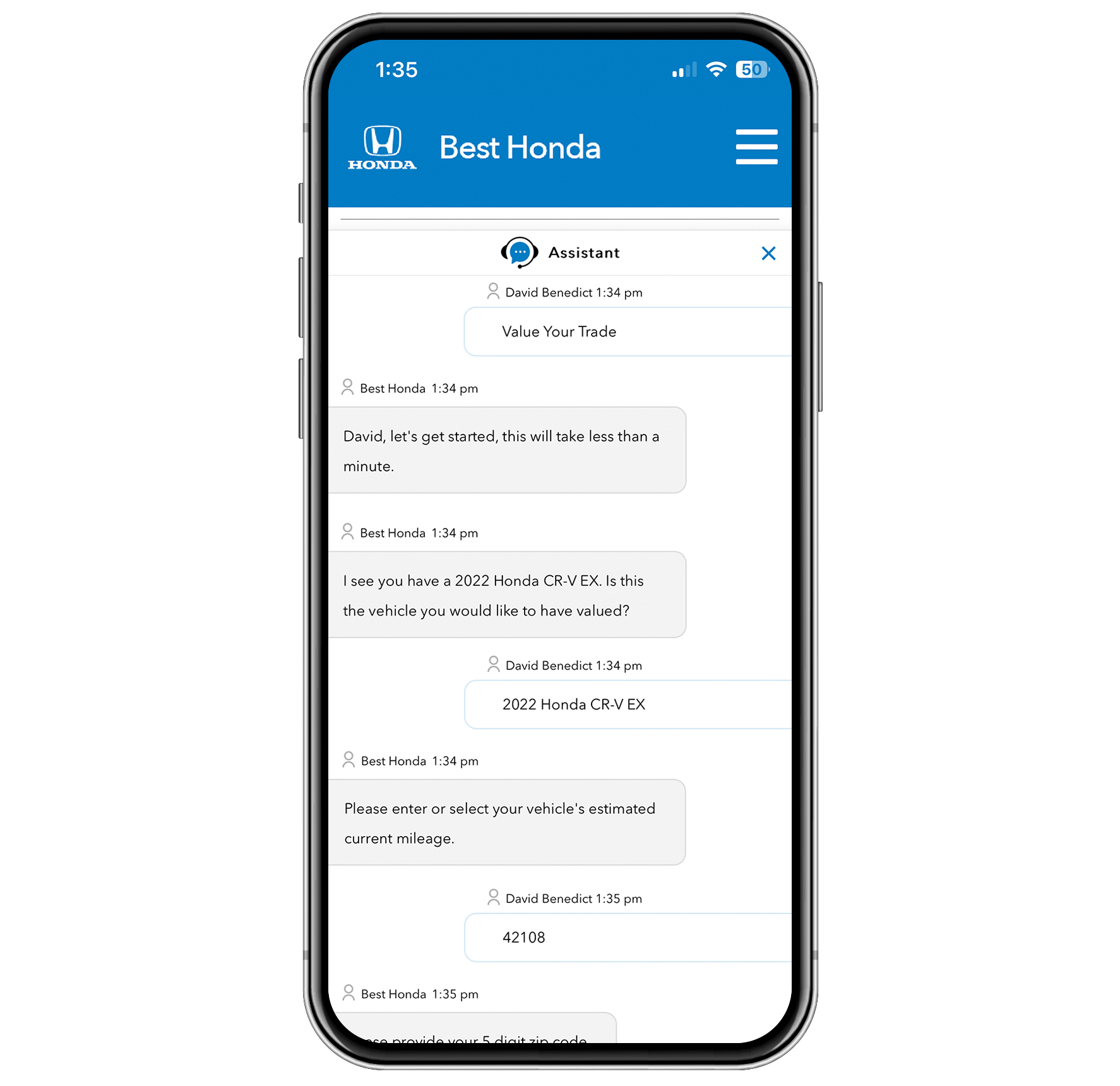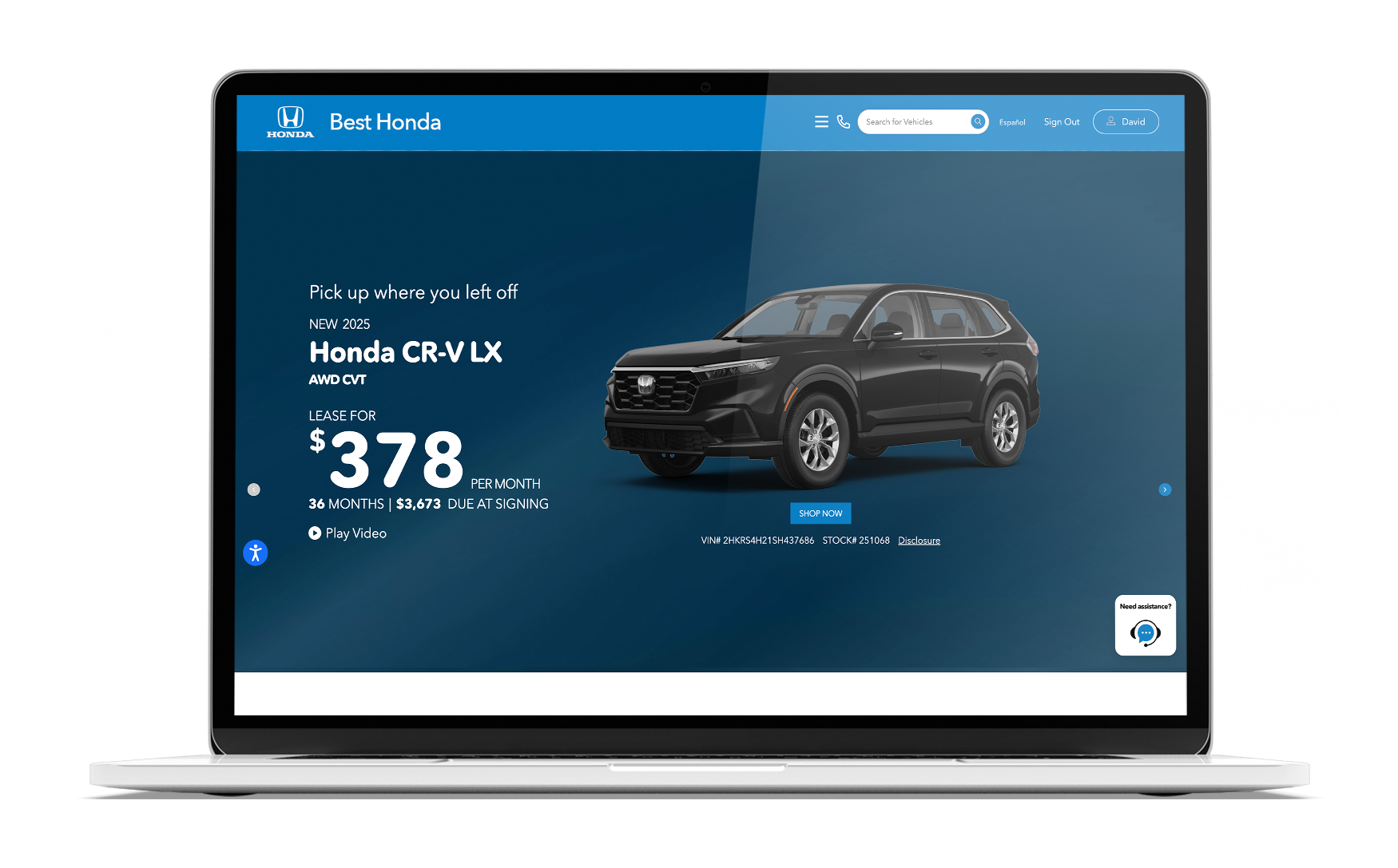Think CDPs in Automotive Are New? Think Again.

By: Ryan Shreve, Director of Analytics at Team Velocity
Every year, automotive industry leaders gather in sunny Florida for the Modern Retailing Conference—a premier event for exploring the future of automotive digital retailing. This year, among the many topics discussed, one stood out: the rising significance of Customer Data Platforms (CDPs).
As car buying continues to evolve into an omni-channel experience, understanding your customers’ journeys has never been more critical. A well-executed CDP can unlock immense potential for your dealership, but it also presents unique challenges. While the term “CDP” might sound new to some, many in the industry have unknowingly been utilizing its core features for years. Below, we’ll dive into the capabilities of a CDP and help you determine whether it’s a worthwhile investment for your dealership.
1. Data hygiene is critical to success
Let’s face it: many dealership CRMs are stuck in the past. Outdated communication systems often result in customer data that is incomplete, inaccurate, or outdated. From obsolete vehicle ownership records to invalid contact information, these gaps create significant challenges for dealerships striving to maintain effective customer relationships. Modern Customer Data Platforms (CDPs) tackle this issue head-on by integrating tools designed to validate email addresses, flag undeliverable addresses, and update customer profiles in real-time. This continuous process, known as “always-on” data hygiene, ensures that accurate customer data is immediately reflected in audience segments that can be utilized for marketing campaigns.
However, not all CDPs are created equal. The effectiveness of a CDP’s data hygiene depends heavily on the sources it uses to validate and update information. While some CDPs include pre-set data integrations, others require dealerships to establish their own partnerships with data providers to maintain high-quality data. This approach often leads to increased costs and additional strain on resources resulting in lengthened implementation timelines. In both cases, the CDP functions as a separate platform that the dealership’s other vendors can tap into. Team Velocity has prioritized “always-on” data hygiene from the start, with CDP functionality at the center of the Apollo Customer Experience Platform. For example, Apollo verifies vehicle ownership by cross-referencing state motor vehicle records and checks USPS postal addresses before sending any mail. This proactive approach ensures dealerships avoid unnecessary costs from undeliverable retention mail, maximizing both cost efficiency and marketing impact.
2. “Data Ups” can be even more powerful than a lead
Dealerships would never turn away walk-in customers, but many unknowingly do just that to online shoppers. The concept of a “Data Up” isn’t new, yet it emerged as a key takeaway at the Modern Retailing Conference (MRC). A critical difference between a traditional lead and a Data Up is that unlike leads, which usually involve customers actively sharing their information, Data Ups stem from customer engagement. Team Velocity has long empowered dealers with data-driven tools like “Active Shoppers” and “Deal Alerts” —our version of a Data Up— through Apollo.
For example, a customer browsing your online inventory or customizing a payment before submitting a form. This data can be used to create personalized offers based on individual shopping activity and preferences. That said, not every customer will expect—or want—a follow-up call just yet. In some cases, reaching out with a direct “We noticed you browsing for a 2024 Toyota Highlander” can feel intrusive and counterproductive. Instead, the key is meeting customers where they are in their journey. For example, if a customer has previously serviced their vehicle at your dealership, you could initiate contact with a service offer, using their next visit as an opportunity to provide a vehicle appraisal and explore their interest in an upgrade.
But the true power of Data Ups goes far beyond capturing a single customer interaction—it’s about piecing together the entire customer journey. By aggregating every engagement over time, across all touchpoints, you gain a comprehensive view of every customer. This includes not just their online browsing behavior, but also interactions with ads, emails, their equity profile, and even their service history. Together, these insights reveal the customer’s buying propensity, providing the ability to score and prioritize these valuable Data Up opportunities effectively.
Dealerships that embrace automated Data Up tools, like Apollo’s Active Shoppers and Deal Alerts, along with its built-in customer scoring system, see a significant boost in sales. These features, all accessible through Apollo’s Command Center, enable dealers to turn engagement data into actionable insights, creating more personalized and timely customer interactions.
3. Realtime data unlocks realtime action
Automotive technology has long relied on batch uploading and processing, with updates typically occurring just a few times a day. While this method was once the standard, it has become outdated in the face of modern web applications that utilize real-time communication via APIs (Application Programming Interfaces). APIs have revolutionized industries like food delivery, with services such as DoorDash and UberEats instantly relaying orders to restaurants and providing customers with live updates on their delivery status. Similarly, Customer Data Platforms (CDPs) leverage real-time data integration across various tools, enabling immediate action and efficiency.
For example, Apollo uses engagement data to track customers’ positions in their buying journey. A customer who’s exploring payment options and trade-in values is clearly closer to making a purchase than one simply browsing vehicle photos. This real-time insight not only factors into Apollo’s customer scoring mentioned above, but it also helps dealerships target their marketing efforts more effectively. Additionally, real-time data loops allow for optimization across operations by collecting information, pulling out insights and putting those insights into motion. For instance, service ads can be paused for customers who’ve already scheduled maintenance, preventing wasted marketing spend. On the flip side, the system can also use browsing history to re-engage customers with the vehicle they were previously interested in. Apollo even builds an expected trade pattern Upgrade Matrix based on your dealership’s unique sales history, further refining your marketing strategy.
By embracing real-time data, Apollo transforms both marketing and automation, enabling dealerships to keep up with the rapid shifts in customer behavior and deliver a more personalized, efficient experience.
4. The non-buyers tell us a story too
There’s no doubt that everyone reading this understands the importance of data. However, the real value lies in how we analyze and act on that data. Traditionally, our focus has been on understanding buyers—often through customer feedback surveys or in-person conversations about how they found us. While these methods provide valuable insights, they frequently miss a crucial opportunity: understanding non-buyers.
At the Modern Retailing Conference, we were reminded of the power of non-buyer data. One automotive group demonstrated how a Customer Data Platform (CDP) can be designed to automate feedback requests from non-buyers. If surveys go unanswered, they can take it a step further by placing follow-up calls to gain deeper insights. This strategy has proven invaluable, not only by improving marketing automation but also by highlighting opportunities to refine internal processes for better outcomes.
Apollo takes this approach even further by leveraging vehicle purchase data from leading partners like S&P Global to better understand buyer behavior. By analyzing this data, Apollo can help dealerships shape their strategies in the background based on real buyer outcomes—unlocking new opportunities for improvement and growth.
5. Marketing automation is not one size fits all
CDPs are incredibly powerful tools, enabling top enterprises to deliver marketing that feels intuitive, to the point of even making consumers question if our phones are actually listening to us. However, they come with significant costs. During MRC, several dealer groups shared their experience creating an in-house CDP. While it remains an impressive achievement, they have all agreed this type of project requires extensive planning, budgeting, and a sometimes lengthy implementation timeline all before you can reap the rewards of your efforts.
Fortunately, there are alternatives that can help provide marketing automation for the long-term or until you’re ready to execute on your CDP project. Several vendors on stage at MRC offered tools with CDP-like features, but this perpetuates another challenge many dealers face: vendor overload.
That’s why Team Velocity designed Apollo as a comprehensive Customer Experience Platform (CXP)—not just another standalone tool. At its core, Apollo is a CDP, one of the first to exist in automotive, long before the term became mainstream. Seamless integration between data and marketing have been foundational to our products from the start.
What sets Apollo apart as a CXP is its ability to not only consolidate and analyze data from multiple sources but to act on that data through integrated marketing automation applications—all while ensuring data ownership and security for your dealership. Its native CDP functionalities transform a robust data lake into a personalized experience engine.
Apollo’s advanced data hygiene ensures communication efficiencies, enabling highly targeted audiences and dynamic 1:1 communications via direct mail and email. Real-time data loops power equity mining, proactive service marketing, and optimized digital campaigns. Customer activity data drives “Data Ups,” complete with 360-degree engagement scores that unlock more sales and service opportunities.
And the standout feature? Apollo Sites—the only website where every consumer has a personalized account automatically customized to their unique data and preferences.
By embedding the transformative power of a CDP directly into Apollo, we’ve reimagined the dealer experience—streamlining operations and enhancing customer interactions while delivering a secure and seamless user journey.
So, the real question is: Is a CDP right for your dealership?
The Modern Retailing Conference always offers valuable insights into the year ahead, and it’s clear that CDPs and data will be a major focus in 2025. Conferences like MRC, which bring together top innovators and early adopters in the industry, provide a unique opportunity to experience the latest technology shaping the future of automotive retail.
MRC 2024 underscored the growing need for dealerships to harness the full potential of their own data. While a CDP may seem like an attractive solution, it’s important to recognize that implementing one is a significant undertaking—requiring time, planning, financial investment, and ongoing maintenance. For large dealer groups, a CDP could represent the next major leap forward. However, for smaller or growing dealer groups, understanding and optimizing your current data flow and practices might be the first step toward leveraging the CDP-like features and tools you’re already using.
At Team Velocity, we’ve been committed to helping our dealers embrace data and maximize the power of marketing automation since our inception. We’ve continuously refined our approach to deliver top-tier products that drive real results. As the industry evolves, it’s more evident than ever that we’re on the right track in equipping dealerships with the tools they need to succeed with the power of the Apollo Customer Experience Platform.
Source: LinkedIn

























































